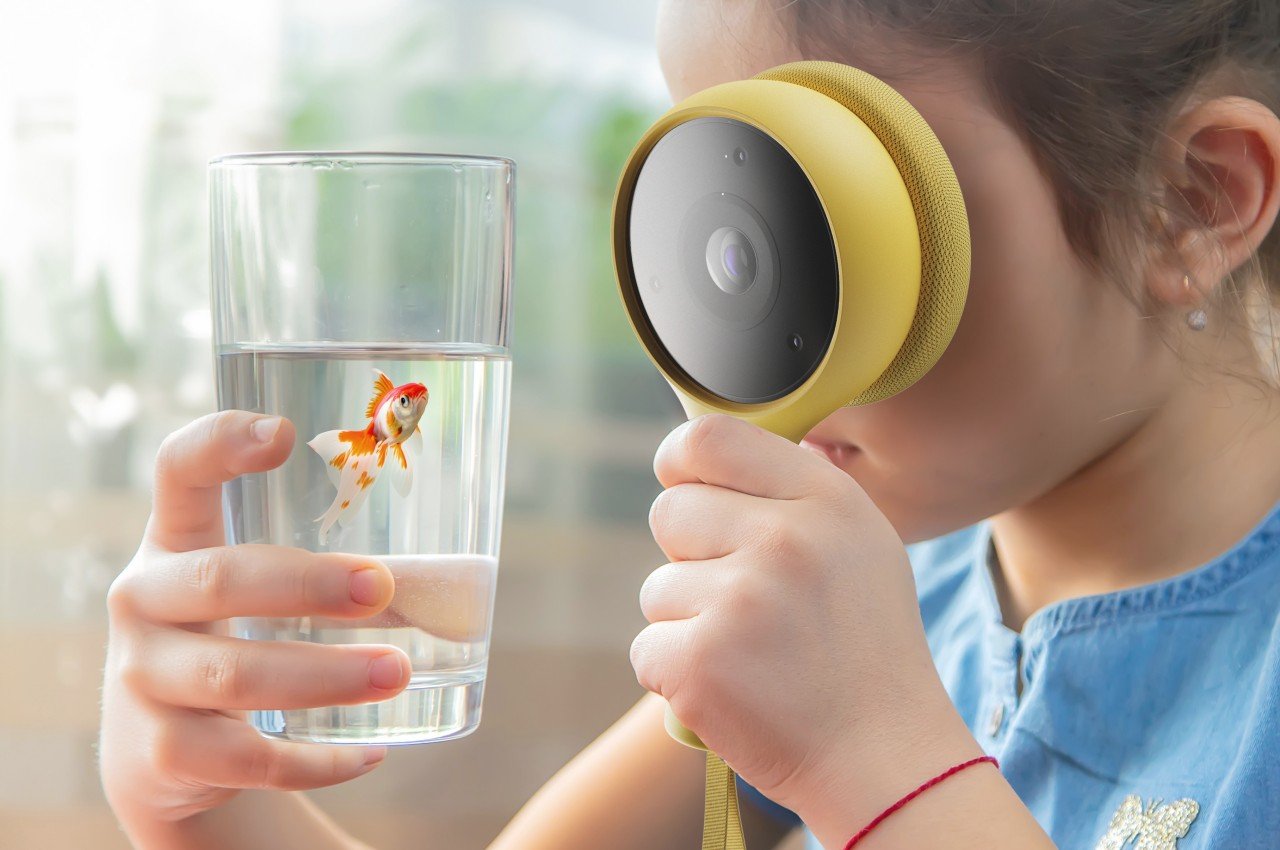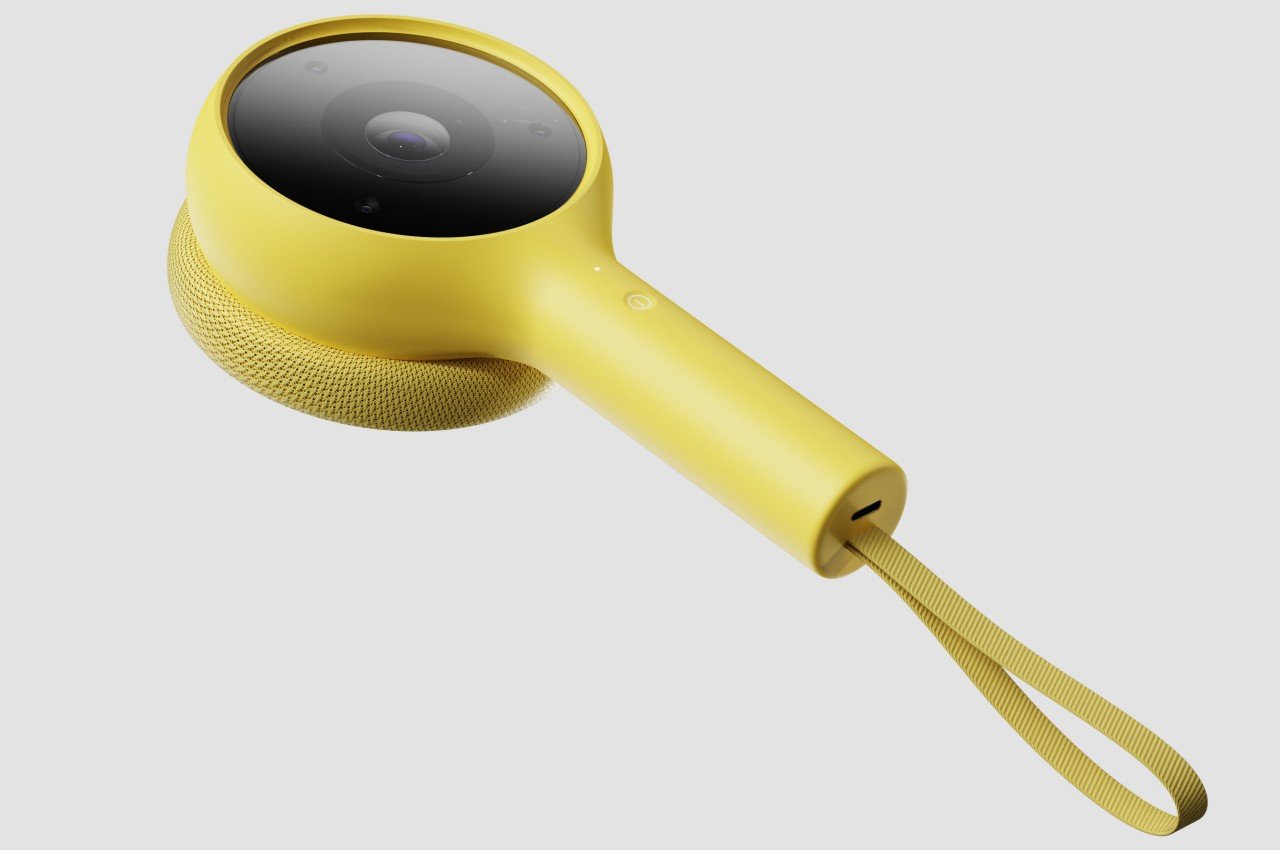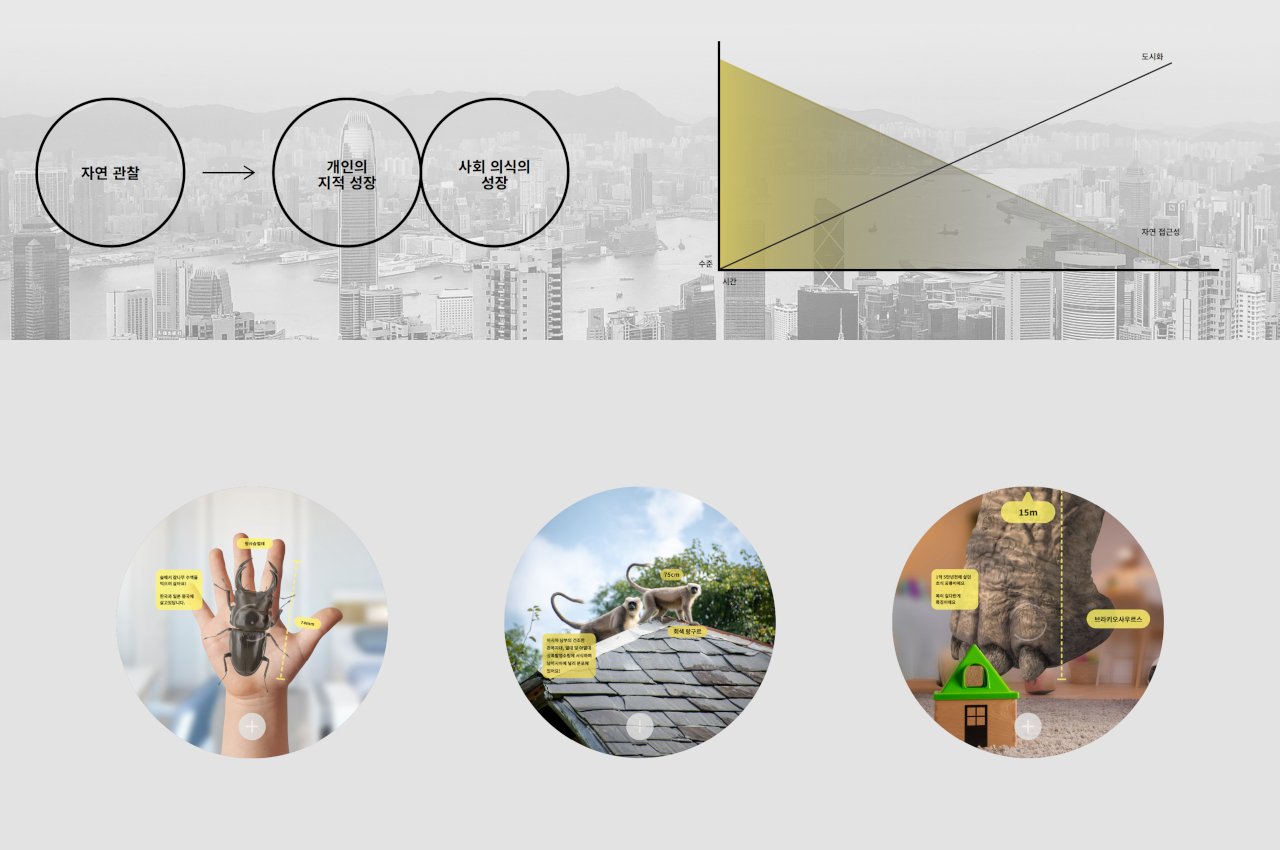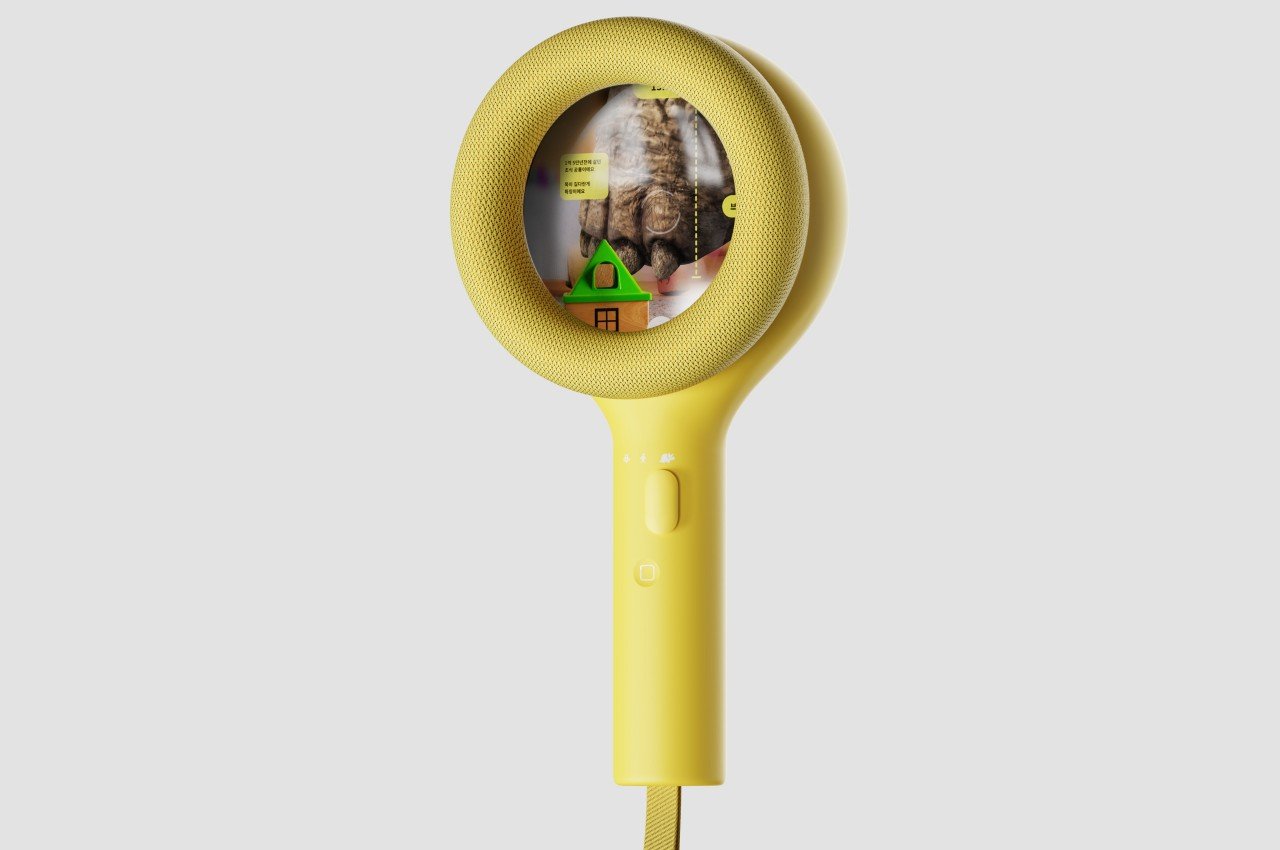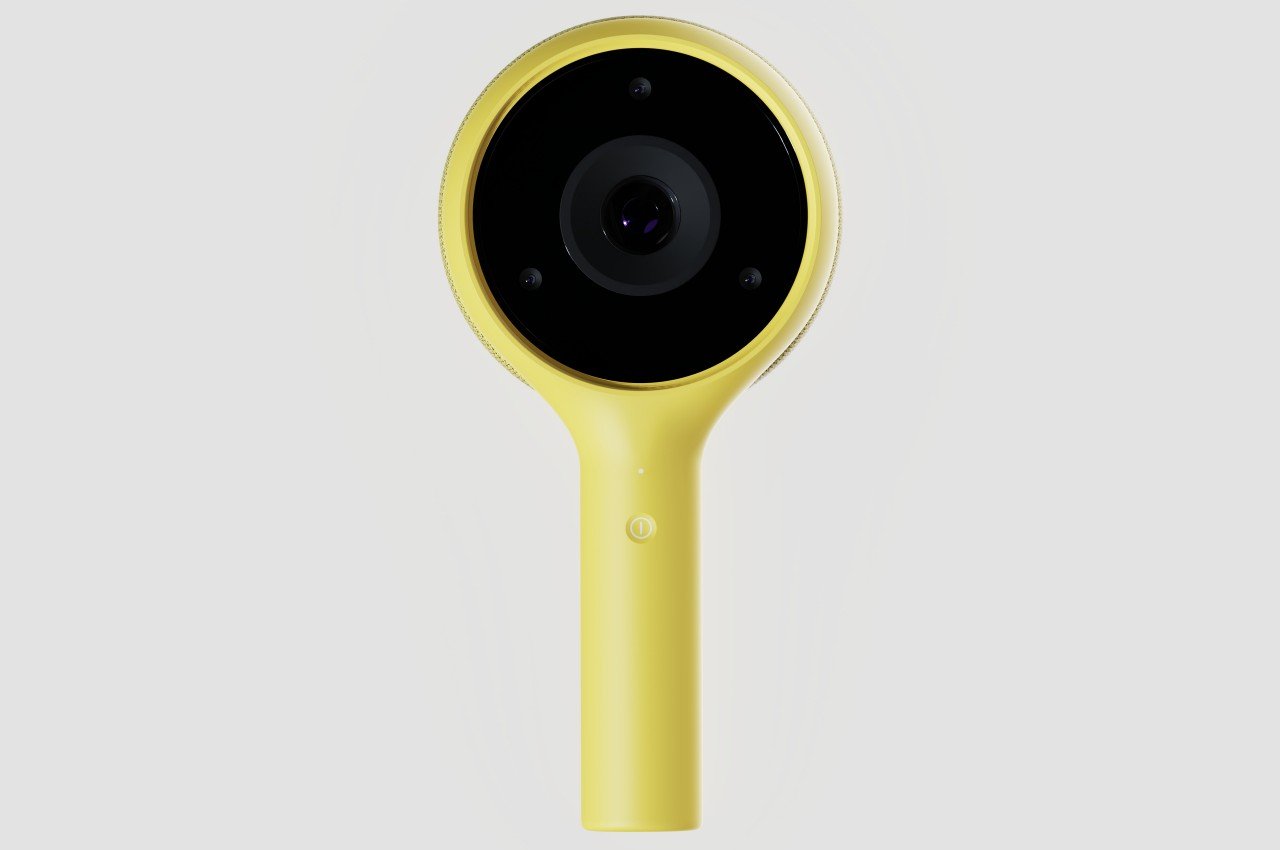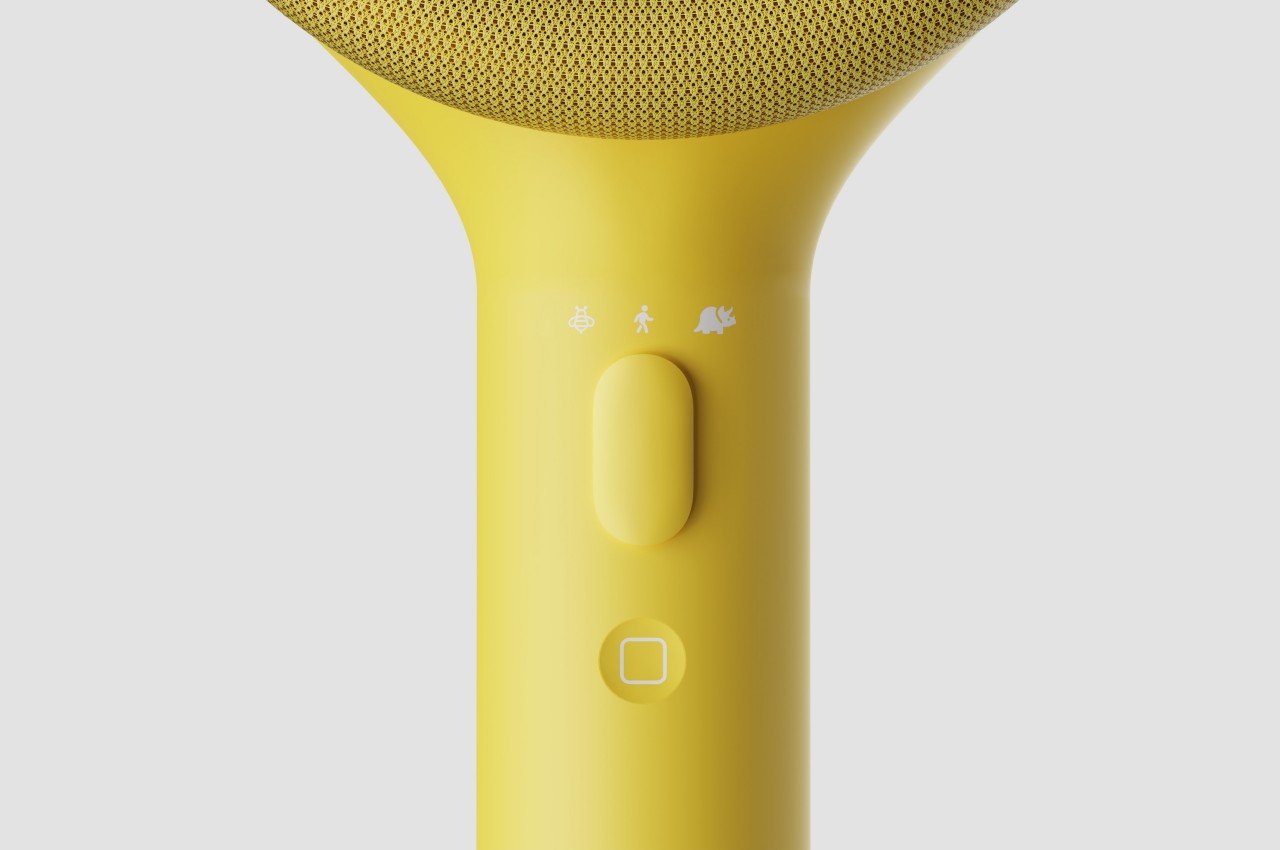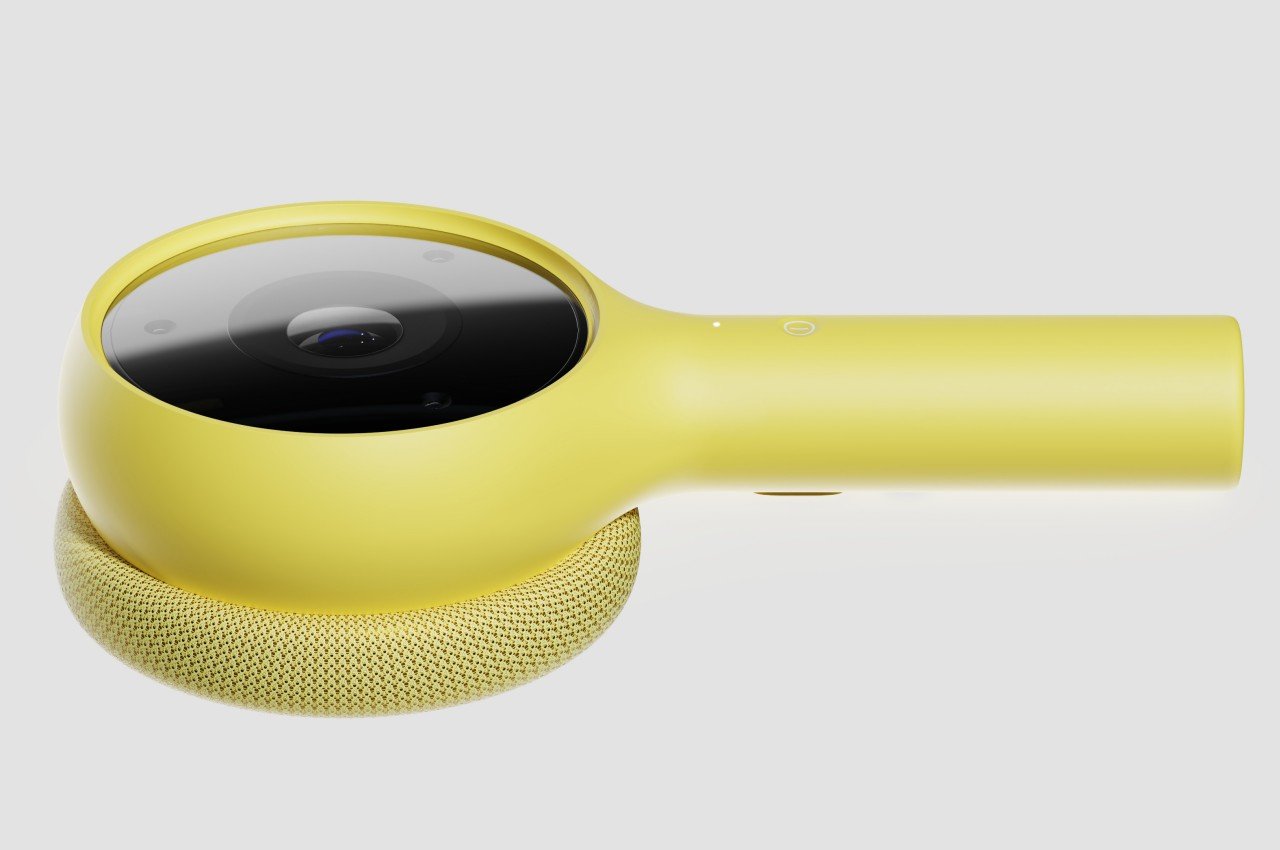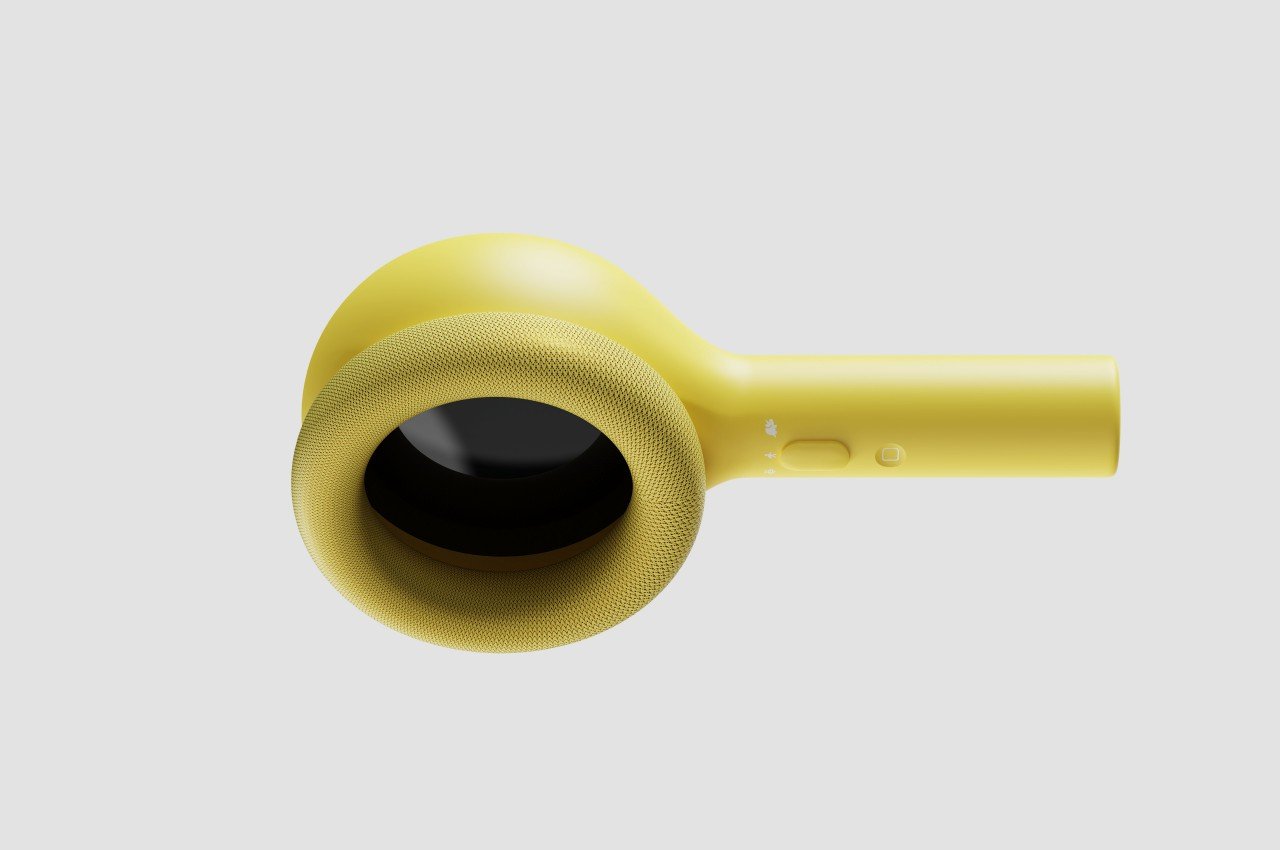
Playing on visual metaphors rather wonderfully, Muddycap (of rocking chair fame) is back with the Zoom Chair – a seemingly normal-looking chair with a magnifying glass incorporated into its design. The fun bit is that the magnifying glass fulfills two roles. Aside from the object’s handle acting as one of the chair’s legs, the magnifying glass actually ‘magnifies’ the chair’s backrest, creating an illusion of sorts that feels fresh and clever!
Designer: Muddycap

The Zoom Chair has that sort of eureka moment appeal that makes you go ‘wow!’ It’s quirky, like something you’d see in a cartoon strip in a newspaper, but is translated to 3D to make the joke even more believable. The chair’s backrest quite literally gets amplified by the magnifying glass, but without negatively affecting the chair’s actual functionality.


The beauty of such a design is that it transcends language or a need for explanation. It doesn’t matter whether you’re a design enthusiast or not, what age you are, or where you come from. A magnifying glass is a pretty simple piece of iconography – old people know it because of its cultural significance, young people know it because of its digital use in apps for searching and zooming. Incorporating it into a design this way is smart, and just captivating!

If you love the Zoom Chair, you’ll enjoy all of Muddycap’s designs (which you can find on their Instagram). Their work is fun, tongue-in-cheek, and executed perfectly. Whether you look at it for chuckles or for inspiration, it’s one of those lighter, funnier corners of the internet that you’ll love visiting ever so often!

The post The Quirky “Zoom Chair” turns an Optical Illusion into a Fun Furniture Detail first appeared on Yanko Design.
